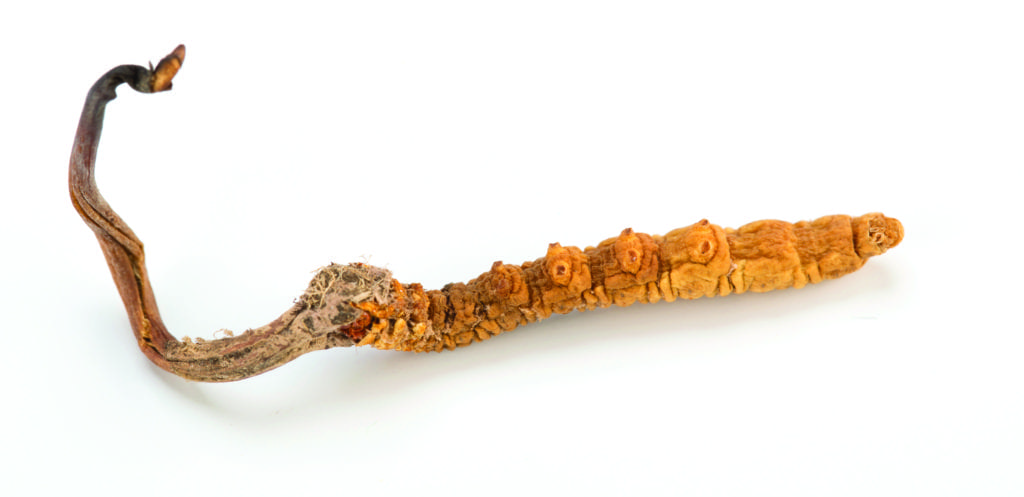Yartsa Bunbu Fungus (November 20)


High in the Himalayas, there is a mystery. In the permafrost lives a parasitic fungus called the yartsa gunbu. This fungus attacks a live host (such as a worm or ant), invading and replacing tissues in the worm or ant’s body. In some species, the parasitic fungus can even force its host, such an ant, to climb a tree and attach itself to a leaf before it dies – such that the spores from the fungus spread under optimal conditions. How could a “primitive” fungus learn to control its host? How the worm that hosts the yartsa gunbu fungus is even able to survive high in the Himalayan Mountains and reproduce in such a cold climate is as strange as the medicinal herb the worm’s body becomes. Once the worm bores underground, the fungus kills it, and out of its dead body grows a plant-like shoot, that pierces the frosty ground – enabling courageous Nepali explorers to find this strange medicinal herb.
In Eastern medicinal practices, the fungus grown from the dead worm is marketed as a powerful healing herb that sells like gold. The price of this parasite has risen almost 1000% from the 1980s to today (from 1000 Yuan/kg to 100,000 Yuan/kg). Its value has drawn the strongest Nepalese to risk their lives and trek three to four days from their remote villages into the thin, bitterly cold atmosphere. There are many stories of men who never return.
Use of yartsa gunbu has been recorded as far back as the 15th century in a Tibetan text translated An Ocean of Aphrodisiacal Qualities. Related species have shown interesting biological and pharmacological properties, such as an immunosuppressive drug helpful in human organ transplants and as a drug used to treat multiple sclerosis. There are many wonders in nature that God has prepared for our benefit!
Isaiah 45:12
Reference
Personal correspondence with Nepali missionary Paul Michaels. March 7, 2016.
